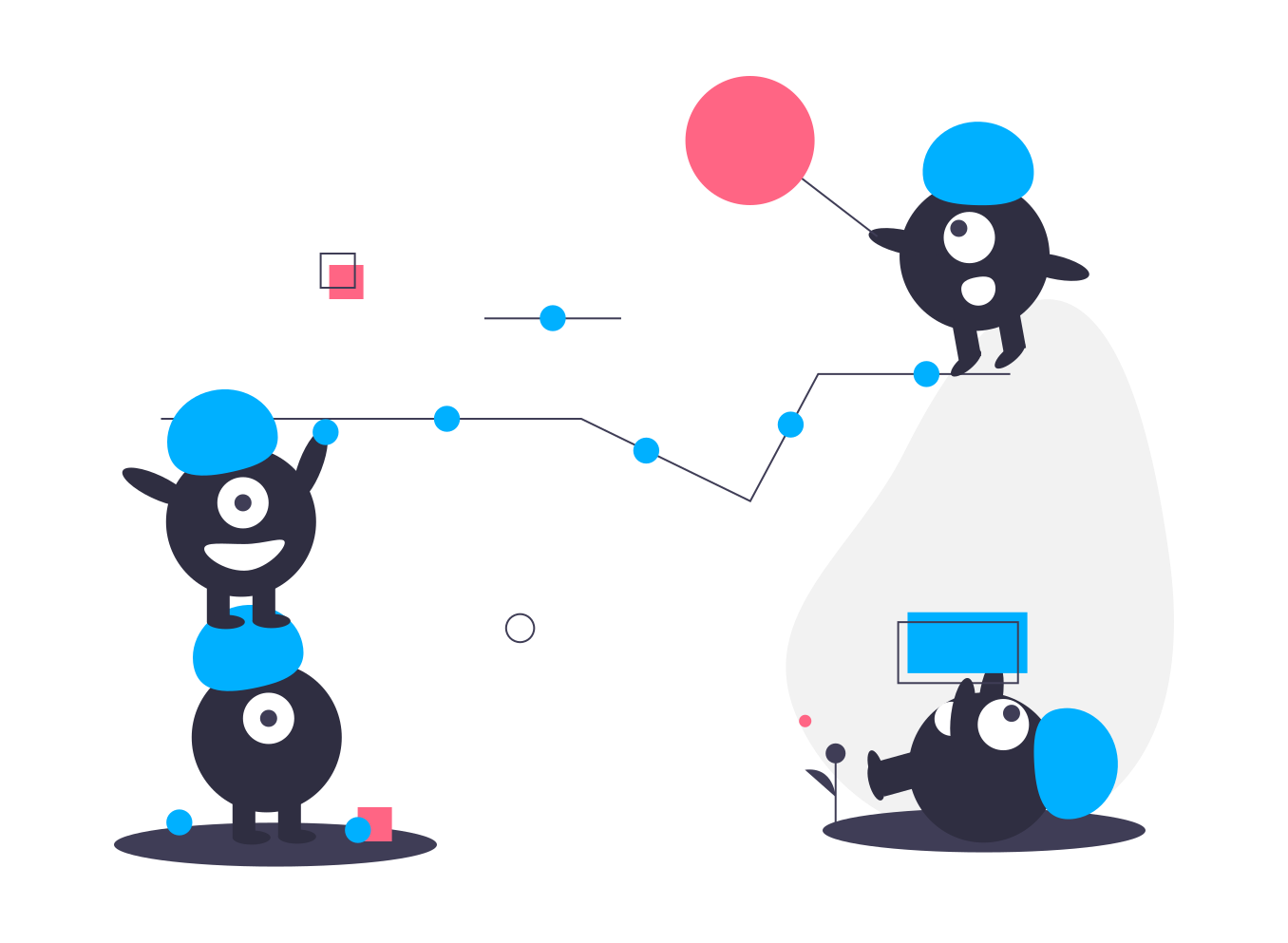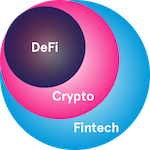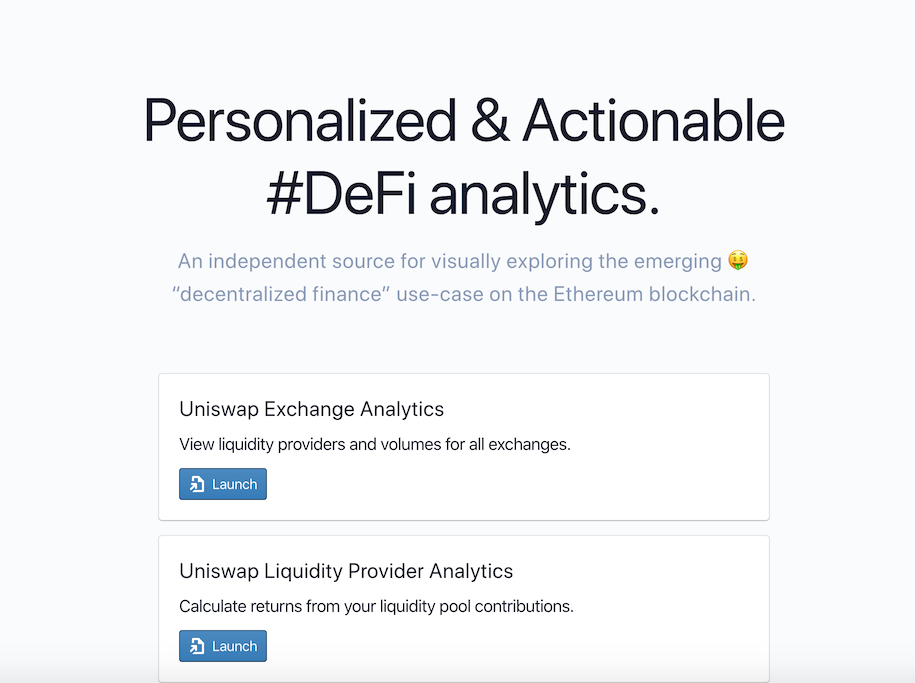TLDR; Today we want to address a topic in the crypto space that isn't often discussed – building communities. Most Telegram communities are outright spammy, everyone has their Discord channels muted, and very few people really get Crypto Twitter. The channels to build your community are endless but identifying your true believers and where they live will make you stand out from the rest. We are happy to open-source our thinking around building communities with the goal that you can use this post as a guide to start building yours.

Why Community is important?
For every great product out there, there is a deep-seated community that is helping it thrive. 1) Building communities instill validation for the product as well as accelerate the process of achieving product-market fit for those in the early stages. 2) At the same time, communities cultivate a sense of trust for the product creating loyalists and evangelists. 3) It is the engine with which you can organically build your growth stack. We have definitely seen these in actions in the cryptosphere within different pockets but there’s still a long way to go.
Though the narrative within the space has tremendously changed from being speculative to fostering better tech, the community-building aspect has had very little progress. It is way easier for people to understand what they are being thrown at or drawn into when there's a participative element to it. So the question still remains — how do you effectively build a community for your product from the ground up?
At Covalent, we have been following the playbook below while building our committed community. Some of which we’ve already started executing and some you will see in the coming weeks.
While attracting the ideal community, we often get stuck at knowing who our passionate people are. Either we don’t know how to approach them or we assume a lot of things in the process missing the mark. For us, we have broken down our target community into 3 main categories:

- DeFi – people excited about a new tangible use-case of blockchains as a replacement for traditional finance. They want to understand their crypto-asset valuations, balances, profit-and-loss. Our thesis is that DeFi is Fintech 2.0.
- ETH and crypto community at large – blockchains are going to transform every single industry in the future, and sometimes we engage with the broader community outside of DeFi.
- Fintech – Savvy people who are on the look out for new investment opportunities with digital assets.
Playbook 1. Content Play and Platforms
When building content, you need to have a distinct point of view that is different from everyone else’s. At the same time, that distinct point needs to resonate with the audience and needs to keep them excited. Our playbook includes:
Qualitative education – Last year, we launched a video series called DeFi Behind The Scenes where we started pushing videos on the value propositions of different DeFi protocols and how Covalent APIs can be useful.
Collaborative efforts – We continue to post on our blog about “Office Hours” that we have been offering to the DeFi community brainstorming ideas on building sticky products. You can read about the post which talks about howcrypto managers need to focus on retention rather than just growth as an example.
Platforms – There are various platforms where you can find your tribe and the list is endless but it is important to identify what works for you. We thought of classifying the platforms in the following categories so you can better identify:
- Instant Messaging: Slack, Discord, Telegram, Discourse, etc.
- Social Media: Twitter, LinkedIn, Facebook, Instagram, etc.
- Forums/Blogging sites: Meetup.com, Reddit, Medium, HackerNews, Quora, and Stackoverflow
- Crypto networks: Steemit, Keybase, and Pepo
For us, we have been able to garner community traction mostly from Crypto Twitter and Reddit though we will be experimenting on few of the mentioned platforms in the near future. The key here is making sure you spend at least 2-3 weeks for you to see if you are doing well.
Playbook 2. Learning Learning Learning
Feedback loops – In the Lean Startup methodology, we essentially build the product, measure how customers respond, and then learn whether to pivot or persevere. We have employed multiple feedback loops to SafeKeep, which uses Covalent’s API, where we are consistently getting feedback from the closed community of people who are interested in using the product. We started using words like "nightmare" and "record-keeping" as a result of these feedback loops because that's what our community uses.
Customer interview questions – We recently open-sourced the user research we did on Set Protocol and Gnosis Safe wallets. Our plan was to synthetize all of the interactions we’ve had with our community into a set of repeatable, narrow use-cases with high stickiness while building our product.
Social listening – We are identifying specific keywords based on our conversations and interviews so we can track them down via different tools like TweetDeck and BuzzSumo. These conservations can be opportunistic and can be thought of a recruitment pipeline to our community.
Playbook 3. Engineering as Marketing/Community Building
Spinning out a landing page, a microsite, or building a mini-product that helps people understand the value of your product falls under "Engineering as Marketing" or Community Building. One such example is HubSpot building its Marketing Grader where they analyze your website by providing a grade and a few recommendations to improve your positioning.

We built a tool called defistats.io which is a public demo of liquidity pools and stablecoin data. Simple tools like this can help gauge market demand, build good-will and can serve as a brand-building excercise. On a long enough time-scale, these tools can acts as funnel inputs to your customer acquisition pipeline.
Playbook 4. Building Momentum
We at Covalent are yet to reach this stage but we do have a process defined.
Creating Evangelists and Ambassadors – Once we learn about the community, their goals, and how they are interacting, we need to empower them with ownership and action. The community can now carry on the baton on your behalf. This can be done by either forming region-specific pockets and/or going to universities identifying passionate students who can help your product evangelize. You can bring all of them together via Discord/Slack/Gitter/whichever channel you feel they’re comfortable with.
User-generated content – A way of generating user-generated content is by hosting events or meetups by involving community members to join the event live via Twitter, Instagram and Pepo with your event hashtag. The content can then be further pushed in the form of Live Periscope or on YouTube.
Rewards – In some form or the other, it is important to have rewards as one of the drivers for building the foundation for the community. It could either be extrinsic or intrinsic. The goal here is to create brand advocates rather than have them work for you. Ideally, you’d want them to be a part of your product launches, events, webinars, AMA sessions, etc.. As an example it could be as simple as -- You asking a certain group of people to be on the VIP list. Being on the VIP list would not only give them special privileges but also make them feel exceptional.
So, the next time you think of going big on your community efforts, be mindful of the people who you are addressing and see how you can involve them by providing value and thereby to the ecosystem as a whole. Afterall, we want to grow this ecosystem together. ❤️
In the coming weeks, we will be rolling out our playbook. We hope to open-source our experiments to the entire community.